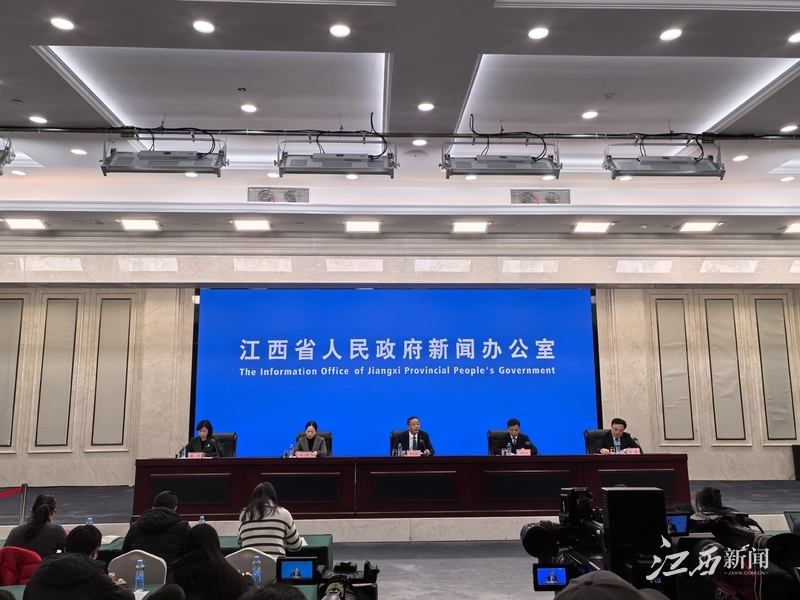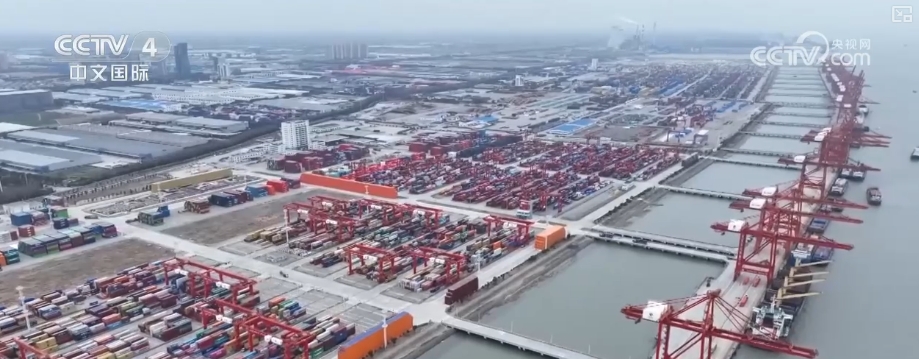Development Strategies Of China's Cross-border E-commerce Under The Background Of "Belt And Road"
Development Strategies Of China's Cross-border E-commerce Under The Background Of "Belt And Road"
Source: [Ningxia Daily] In the context of major changes in the global economic structure and continuous development of digital transformation, the "Belt and Road" initiative has become an important strategic platform for China's opening up to the outside world in the new era, adding a new source of impetus to international trade.
In the environment of major changes in the global economic structure and continuous development of digital transformation, the "Belt and Road" initiative has become an important strategic platform for China's opening up to the outside world in the new era, adding a new source of impetus to international trade. As a new form of integrating digital economy and globalized trade, cross-border e-commerce has played an important role in changing the global trade pattern and enhancing international cooperation based on its unique advantages of breaking time and space barriers, reducing transaction costs and improving operational efficiency. In-depth exploration of China's cross-border e-commerce development path under the framework of the "Belt and Road" is not only a strategic decision to adapt to the development trend of international trade, but also a necessary path to promote the coordinated progress of the digital economy in countries along the route.
Strengthen policy coordination and optimize the cross-border e-commerce development ecosystem
Actively build a multilateral collaborative governance framework to meet the challenges in the cross-border e-commerce field. China needs to actively participate in the international standardization process and promote the reach of global consensus in cross-border data transmission, legal validity recognition of electronic contracts, and consumer rights protection. Referring to the relevant provisions of the Regional Comprehensive Economic Partnership Agreement, we can work with the Middle East and African countries to create a "whitelist" mechanism for cross-border data flows to reduce trade barriers. Accelerate the policy reform of the free trade pilot zones in cross-border e-commerce, promote the pilot reform of the comprehensive tax system and cross-border financial services, and provide practical references and empirical references for policy formulation at the national level.
Establish a comprehensive domestic support system. Increase the amount of fiscal subsidies and provide sufficient financial support for overseas warehousing creation and international certification of cross-border e-commerce enterprises; optimize tax policies and expand the scope of application of "no invoice tax exemption" and "verified collection" for cross-border e-commerce retail exports; encourage financial institutions to update cross-border e-commerce specialized financial products, explore ways to pledge accounts receivable, and truly solve the financing problems of small and medium-sized enterprises. At the same time, through cooperation with export credit insurance and comprehensive foreign trade service platforms, provide financial support for cross-border e-commerce overseas warehousing export business; open up the data channel between cross-border e-commerce platforms and bank settlement systems, integrate logistics data, capital data and commodity data, and form a new e-commerce international trade system to cater to the flexible and changeable online transaction requirements.
Upgrade the logistics system and build an efficient cross-border supply chain
Build a multi-level logistics network system, rely on major transportation routes such as the China-Europe freight train and the Western Land-Sea New Channel, promote the development of multimodal transport of "rail, sea and road" and open up cross-border e-commerce special trains and fast sea routes, and further shorten the China-Europe freight cycle. Accelerate the speed of intelligent improvement of overseas warehouses, use big data technology to accurately estimate market demand, promote warehousing resources to be centralized toward the region, and provide localized and efficient delivery services. For example, the order fulfillment time limit of the automated overseas warehouse created by SHEIN in Europe has been increased to 3-5 days.
Promote the innovation and practical application of logistics technology. With the help of IoT technology, we can realize dynamic tracking and management of the entire life cycle of parcels, use blockchain technology to build a credit guarantee system for cross-border logistics, and cooperate with artificial intelligence algorithms to optimize the layout of warehousing space and distribution route planning. Pilot projects for emerging service models such as unmanned delivery and drone delivery are carried out in Southeast Asia and the Middle East, and strive to solve the "last mile" distribution problem.
Deepen cultural integration and implement localized operation strategy
Precise market positioning strategy design and execution. Establish an interdisciplinary cultural research team to deeply analyze key elements such as consumer behavior characteristics and aesthetic preferences of consumers in the target market, and promote product differentiation and upgrading. For example, Hainan region mainly promotes cost-effective electronic and electrical products and cosmetic products, uses social software platforms and big data to find potential segmented needs, and creates a meticulous marketing system to optimize business results.
Create a localized strategic system. Set up a special local operating agency in the target market, hire professionals who are proficient in local language and culture, and promote in-depth localization transformation in many areas such as product design, marketing communication, and customer service. For example, by joining hands with online experts to carry out live streaming and sales activities, greatly enhancing brand influence and its speed of entry into the market.
Optimize talent training and strengthen intellectual support system
Optimize the talent training system for higher education. All universities should benchmark cross-border e-commerce professional standards, capability assessment and certification mechanisms, connect cross-border e-commerce industry standards and industrial specifications, such as the "Cross-border e-commerce B2B data operation professional skills level standards" and the "Cross-border e-commerce product quality information data specification", and introduce professional knowledge, technical skills and professional qualities in real work scenarios into teaching to form a high-quality curriculum system for cross-border e-commerce. Help universities to add cross-border e-commerce related majors, create a comprehensive curriculum structure that integrates "e-commerce multilingual international trade", strengthen school-enterprise collaborative education, and focus on cultivating applied talents with an international perspective. For example, Zhejiang University of Technology and Alibaba Group jointly launched a cross-border e-commerce experimental class, providing strong support for the deep integration of industry, academia and research.
Shape a systematic professional ability cultivation system. Promote industry associations and professional institutions to jointly carry out cross-border e-commerce skills improvement projects, and the courses include important parts such as cross-border logistics operations, data processing and analysis, and marketing promotion strategies. Shape the cross-border e-commerce talent recognition system, improve the professional level of practitioners, and provide solid talent support for the long-term development of the industry. With the help of the "Internet " teaching platform, digital technology and other modern teaching methods, and online and offline linkage of industry and education integration practical platform, we will promptly update new technologies, new concepts and new knowledge in the cross-border e-commerce industry, and open up more quality improvement channels for the "professional industry" chain for the "professional industry" chain, and promote the formation of an organic ecology between industries and schools.
The "Belt and Road" initiative has brought opportunities for China's cross-border e-commerce to explore the international market and has also put forward higher requirements for its development. Through various measures such as strengthening policy coordination, upgrading logistics system, innovating payment models, deepening cultural integration, strengthening brand building and improving talent training, China's cross-border e-commerce can properly respond to various challenges and achieve a transformation from quantitative growth to high-quality development. Looking ahead, China's cross-border e-commerce should deepen cooperation with countries along the route in terms of rule-making, infrastructure co-construction, data resource sharing, etc. through its strengths such as technological innovation, market development, and industrial chain integration, and jointly create a mutually beneficial and win-win cross-border e-commerce ecosystem, so as to give China's wisdom to the digital transformation of trade and the integrated development of regional economics in China and even the whole world.
(Author’s unit: Anhui International Business Vocational College)





